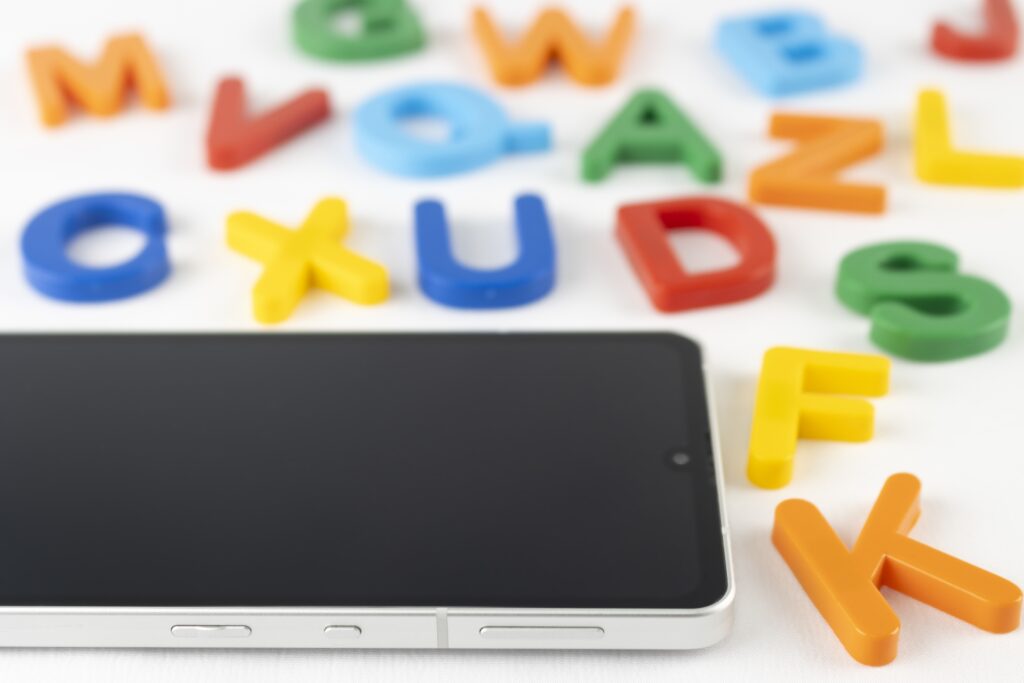The iPhone 16 series is expected to bring significant improvements to battery life, but the impact of the Always-On Display feature cannot be ignored. Although Apple heavily promotes this new feature, it may consume more battery power than anticipated. To make the most of your battery life, it is recommended to disable this feature.
Overview of iPhone 16 Series Battery Improvements

Apple has announced remarkable improvements in the battery life of the iPhone 16 series. Specifically, the iPhone 16 Pro and 16 Pro Max are expected to last significantly longer than previous models. Apple emphasized the battery size during its official event, but the actual performance will need to be verified by users during everyday usage. One aspect that requires attention is how the Always-On Display feature will affect battery consumption.
Apple claims that the iPhone 16 series excels in scenarios like video playback, streaming, and music listening. The iPhone 16 Pro is expected to last 27 hours during video playback, while the iPhone 16 Pro Max could reach up to 33 hours. This extended battery life provides peace of mind for long usage periods. However, to maximize the battery’s potential, users should pay close attention to settings and features, especially the impact of the Always-On Display.
The Impact of Always-On Display on Battery Life
The Always-On Display feature, first introduced with the iPhone 14 Pro series, allows users to quickly glance at information, but it significantly impacts battery consumption. Tests on the iPhone 14 Pro revealed that the Always-On Display feature consumed 16% of battery power over 24 hours. A similar trend is expected with the iPhone 16 Pro, meaning that leaving this feature enabled could lead to faster battery depletion.
For many users, features like Face ID or the ability to unlock with a simple tap eliminate the need for Always-On Display. Those who own an Apple Watch can check notifications and the time on their wrist, making this feature unnecessary. Disabling the Always-On Display can greatly extend battery life, a useful tip for those seeking to maximize their iPhone’s battery efficiency.
Analyzing Apple’s Battery Test Results
Apple conducted various tests to evaluate the iPhone 16 series’ battery performance under different conditions, and the company officially released data for video playback, streaming, and music playback. The iPhone 16 Pro Max reportedly lasts up to 33 hours during video playback and 105 hours for music playback, indicating a substantial improvement over previous models. However, it’s important to note that these results were achieved under specific test conditions and may not fully reflect real-world usage.
Apple’s test methodology shows that the Always-On Display was disabled during music playback tests. When the display was turned off, the device consumed less power, suggesting that having the screen on significantly affects battery life. To achieve the longest possible battery life in real-world usage, it is recommended to disable the Always-On Display, particularly for users who need to extend their device’s battery for longer periods.
Benefits of Disabling Always-On Display
By disabling the Always-On Display on the iPhone 16 Pro and 16 Pro Max, users can significantly improve battery life. Based on Apple’s estimated battery life, turning off this feature can conserve battery power during tasks like music and video playback. In tests, music playback lasted up to 105 hours when the Always-On Display was off.
While the Always-On Display is convenient, it can be a major drain on battery life. For those who frequently unlock their phone or use an Apple Watch, the feature may not be essential. By turning it off, users can enjoy a longer-lasting battery, allowing for more than a day of use on a single charge. This simple adjustment helps users fully maximize their iPhone’s battery potential.
